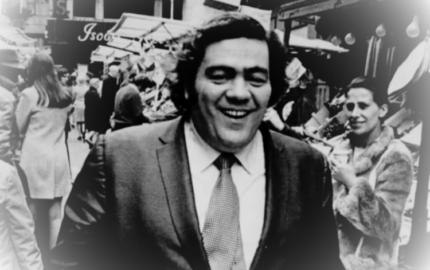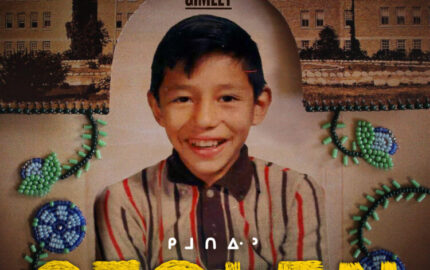Many would say that this piece is not strictly narrative, and we'd agree. But there are plenty of narrative elements in the story, and we believe they're what make the piece so effective: close reporting, intimate scenes, a distinctive voice. Bearak writes with an extraordinarily impassioned yet detached tone. He crafts intimately told scenes.
There's a lot of newspaper narrative out there about suffering and dying children. We often suspect the topic is too easy: It's too easy to make the reader care. So we believe there are a couple of essential questions to ask about such pieces: Why are we writing about this suffering child? And how can we portray the suffering without sensationalizing, reducing to cliche and drama? There's an answer to the second question in this piece: Show (don't tell) the suffering. Report closely, thoroughly. Use verbs and nouns, rather than adjectives and adverbs. Show scene.
Of course it helps enormously that Bearak also has a knack for beautiful language. Cold and warmth are practical and metaphorical concerns in the piece, and Bearak returns to the theme in his ending: "When it was time to lay Abdullah in his grave, it was already after 10 and the morning had turned bright. Wrapped in a shroud, and with the day pulsing with sunlight, the baby was finally warm when he was placed forever in the earth."
It's a moving conclusion. But it's especially effective because Bearak has a clear answer to our first essential question: There's a larger point to the piece. It's to show readers, at the level of "felt life," an international crisis.
Read “Fleeing Famine and War, Afghans Again Meet Death,” by Barry Bearak
There's a lot of newspaper narrative out there about suffering and dying children. We often suspect the topic is too easy: It's too easy to make the reader care. So we believe there are a couple of essential questions to ask about such pieces: Why are we writing about this suffering child? And how can we portray the suffering without sensationalizing, reducing to cliche and drama? There's an answer to the second question in this piece: Show (don't tell) the suffering. Report closely, thoroughly. Use verbs and nouns, rather than adjectives and adverbs. Show scene.
Of course it helps enormously that Bearak also has a knack for beautiful language. Cold and warmth are practical and metaphorical concerns in the piece, and Bearak returns to the theme in his ending: "When it was time to lay Abdullah in his grave, it was already after 10 and the morning had turned bright. Wrapped in a shroud, and with the day pulsing with sunlight, the baby was finally warm when he was placed forever in the earth."
It's a moving conclusion. But it's especially effective because Bearak has a clear answer to our first essential question: There's a larger point to the piece. It's to show readers, at the level of "felt life," an international crisis.
Read “Fleeing Famine and War, Afghans Again Meet Death,” by Barry Bearak


